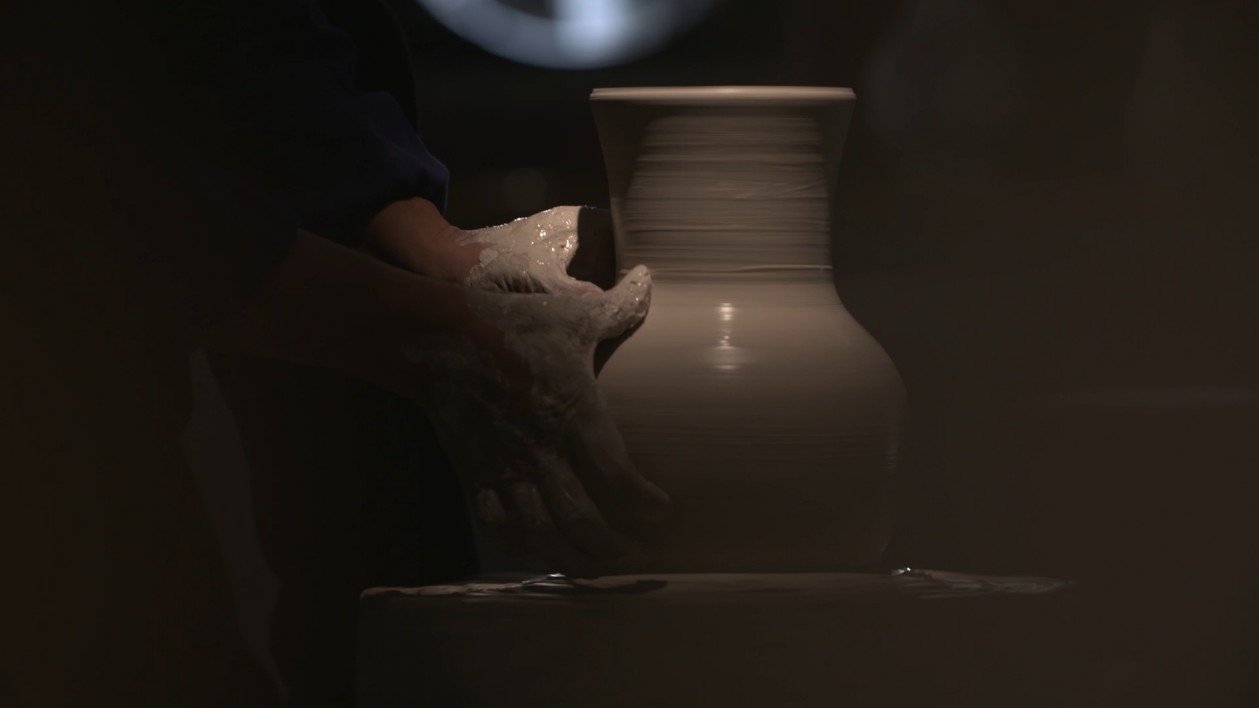Chinese Porcelain Art Course Coming Soon!
Course Overview
Porcelain is a brilliant treasure of Chinese traditional culture, praised for its “whiteness like jade, brightness like a mirror, thinness like paper, and sound like a chime.” As an art form that combines craftsmanship, aesthetics, and history, porcelain showcases the exquisite techniques and creativity of ancient Chinese ceramics. This course will guide you into the world of porcelain art, helping you understand its production techniques, appreciate its artistic value, and explore the rich cultural significance behind it. Begin your journey into porcelain appreciation and experience the unique charm of ceramic art, where classical and modern styles converge.

Learning Goals
The Porcelain Art Course is ideal for those passionate about traditional culture, art collectors, or anyone looking to enhance their appreciation of art. The main learning objectives of this course include:
- Understand the Types of Porcelain: Learn about the main types of porcelain, such as Blue-and-White Porcelain, Colored Porcelain, and Ru Porcelain, and recognize their distinct artistic features.
- Master Appreciation Techniques: Through detailed explanations of colors, glaze, patterns, and other aspects, develop the ability to identify the authenticity and value of porcelain.
- Experience Traditional Craftsmanship: Explore the ceramic production process, including wheel throwing, glazing, and firing, to appreciate the artistry and creativity behind porcelain making.
- Explore Cultural Background: Learn the historical roots of porcelain and its significance in cultural exchanges between China and the world, deepening your understanding of traditional culture.
- Enhance Artistic Aesthetics: Through studying classic porcelain works, strengthen your ability to appreciate art and elevate your cultural tastes and refinement.
Key Course Features
- History and Modernity Combined: The course covers the evolution of porcelain art from ancient classics to modern ceramic art, offering a comprehensive view of its development.
- Visual and Tactile Experience: High-definition images and detailed displays will help you better appreciate the beauty and craftsmanship of porcelain.
- Practical Appreciation Skills: Designed specifically for beginners, the course includes essential porcelain appreciation tips and common misconceptions to avoid.
- Classic Case Analysis: Selected famous porcelain pieces from both domestic and international sources will be analyzed in detail, helping you understand their artistic value.
- Fun and Engaging Format: The course is designed to be both informative and enjoyable, suitable not only for professional collectors but also for those simply interested in porcelain culture.

Historical and Cultural Background
Porcelain has a long history in China, often referred to as the “business card of Chinese civilization,” and its achievements hold a significant place in global art history.
- Origins and Development: The production of porcelain dates back to the Tang Dynasty, reaching its peak during the Song Dynasty, and each subsequent dynasty produced distinctive styles, such as Blue-and-White Porcelain and Famille Rose during the Ming and Qing Dynasties.
- Cultural Heritage: Porcelain is more than just a utility item; it is an art form that reflects the wisdom and aesthetic pursuit of ancient artisans.
- Bridge for Cultural Exchange: Porcelain spread to the rest of the world through the Silk Road and maritime trade, highly regarded in Europe and referred to as "china."
- Combination of Art and Utility: Porcelain has both practical and decorative purposes, and its unique artistic form continues to evolve and thrive in modern times.
- Famous Kilns and Techniques: The course will introduce renowned kilns, such as Jingdezhen and Ru Kiln, highlighting their unique techniques and representative works.






